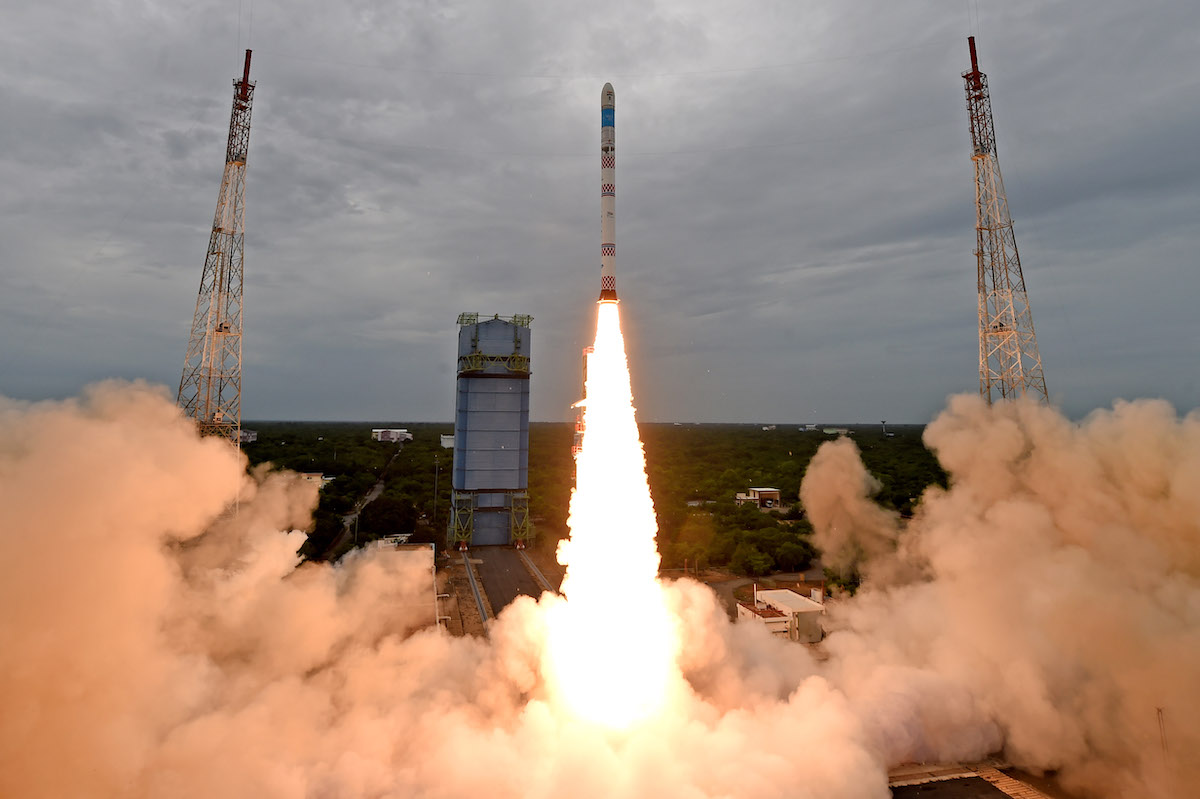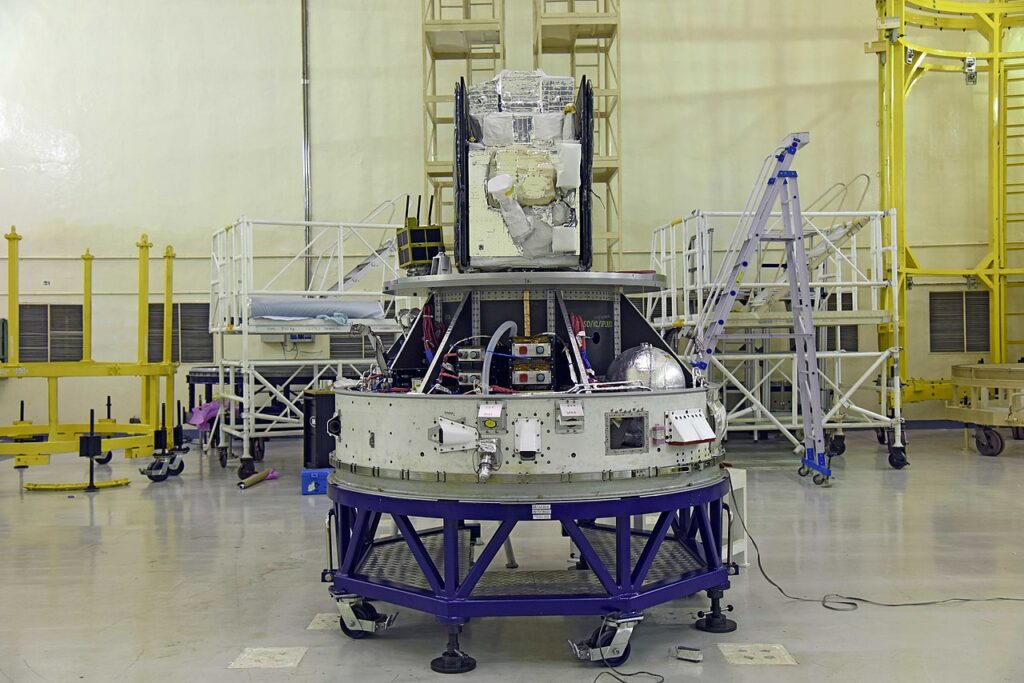The launch of the new Indian SSLV (Small Satellite Launch Vehicle) rocket, which took place on August 7, ended in failure. The payload was put into too low an orbit and burned up in the atmosphere.
SSLV Rocket
In 2016, the Indian Space Research Organization announced the development of a new small rocket, designated SSLV. Its main goal is to launch small cargoes into near-Earth orbits at low prices. The SSLV design was completed in 2018, after which ISRO specialists started designing and manufacturing its components.

SSLV has a four-stage design. Its height is 34 meters, its mass (including fuel) is 120 tons, it is capable of putting up to 500 kg of cargo into low Earth orbit. The first three stages of the carrier are solid fuel, the fourth is liquid. The cost of manufacturing one copy, according to various estimates, ranges from 3.8 to 4.4 million dollars.
Unsuccessful debut
The debut launch of SSLV took place on August 7. The rocket went into space from the territory of the Satish Dhawan Space Center. There were two satellites on board. The main cargo of the mission was the 135-kilogram experimental Earth remote sensing device with high spatial resolution EOS-02. Its traveling companion was an 8-kilogram cubesat AzaadiSAT — a satellite developed by students from Indian schools in honor of the 75th anniversary of the country’s independence.

The first three stages of the SSLV worked in normal mode. Unfortunately, when the fourth stage was activated, a failure occurred, which is why it could not give the necessary impulse. As a result, the payload of the mission was put into orbit with a perigee height of only 76 km and burned out over the Pacific Ocean on the first orbit.
According to the ISRO management, experts have already previously identified the cause of the failure, which is related to the sensor failure. After a detailed analysis of the causes of the accident, the organization will make changes that will prevent the occurrence of such situations during new SSLV launches.
Earlier we talked about how the satellite photographed the consequences of an explosion at the Chinese cosmodrome.
According to https://spaceflightnow.com
Follow us on Twitter to get the most interesting space news in time
https://twitter.com/ust_magazine

